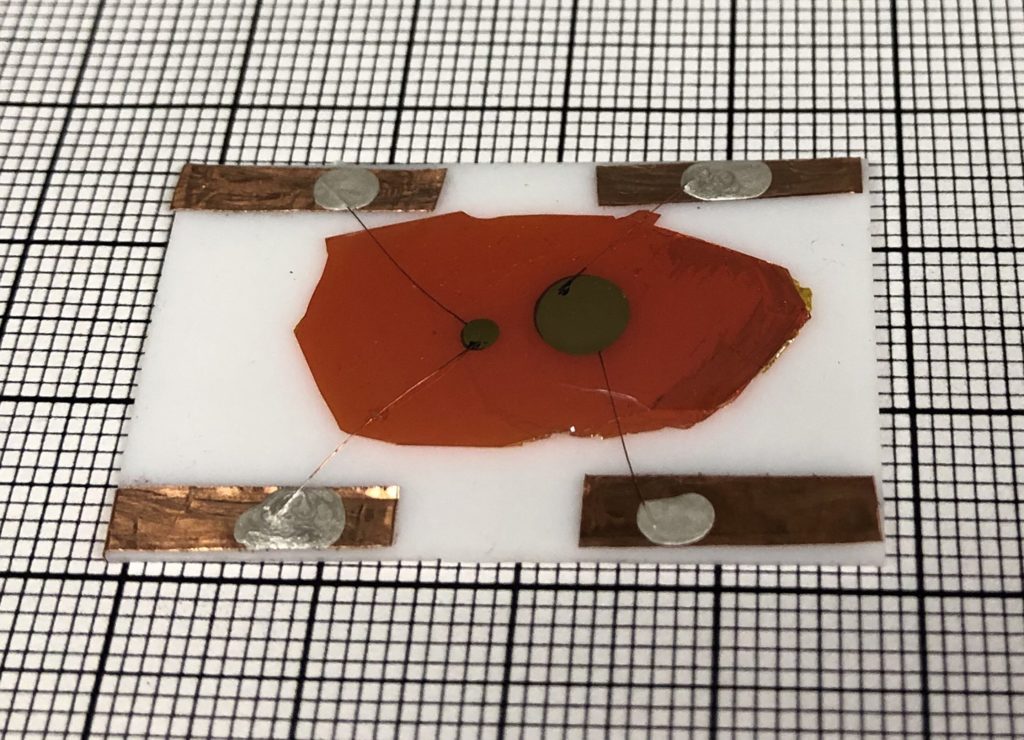Highly efficient neutron detectors are critical in many sectors, including national security, medicine, crystallography, and astronomy. The leading neutron detection technologies currently used involve He-gas-filled proportional counters and light scintillators for thermalized neutrons.
Semiconductors have the potential to offer the next generation of neutron detectors that could compete with or superior to existing detectors.
Mercouri Kanatzidis from Northwestern University said, “People have imagined semiconductor neutron detectors for a long time. The idea was there, but no one had the right material to do it.”

Now, scientists from Northwestern University and Argonne National Laboratory have developed a new material that opens doors for a new class of neutron detectors. They have developed a semiconductor-based detector that can absorb neutrons and generate electrical signals that can be easily measured. Their detector is highly efficient and stable and can be used both in small, portable devices for field inspections and massive detectors that use arrays of crystals.
Excellent at absorbing neutrons, lithium quickly emerged as the most promising material for neutron detecting devices. But integrating lithium into a semiconductor and making it stable (lithium crumbles when it meets water) was another story.
For the study, scientists discovered the right combination of materials and created a functional device that also keeps lithium stable. Their new material—lithium-indium-phosphorous-selenium—is layered in structure and enriched with the lithium-6 isotope.
Kanatzidis said, “The crystal structure is special. The lithium is inside the layers, so water cannot reach it. That’s a big, important feature of this material.”
The subsequent semiconductor neutron detector can detect thermal neutrons from even a fragile source within nanoseconds. It additionally can distinguish among neutrons and different kinds of nuclear signals, for example, gamma rays. This prevents false alarms.
Furthermore, as it contains a very high amount of lithium, thus a smaller fraction of the material can absorb the same amount of neutrons as a giant device. This leads to devices small enough to fit in your hand.
Kanatzidis said, “It’s important to have all sizes of neutron detectors and as many kinds as possible, such as our new semiconductor. You want ones that are as big as a wall, where you can pass a truck right by it. But you also want small ones that can be portable for inspections out in the field.”
The study is published in the Jan. 16 issues of the journal Nature.
